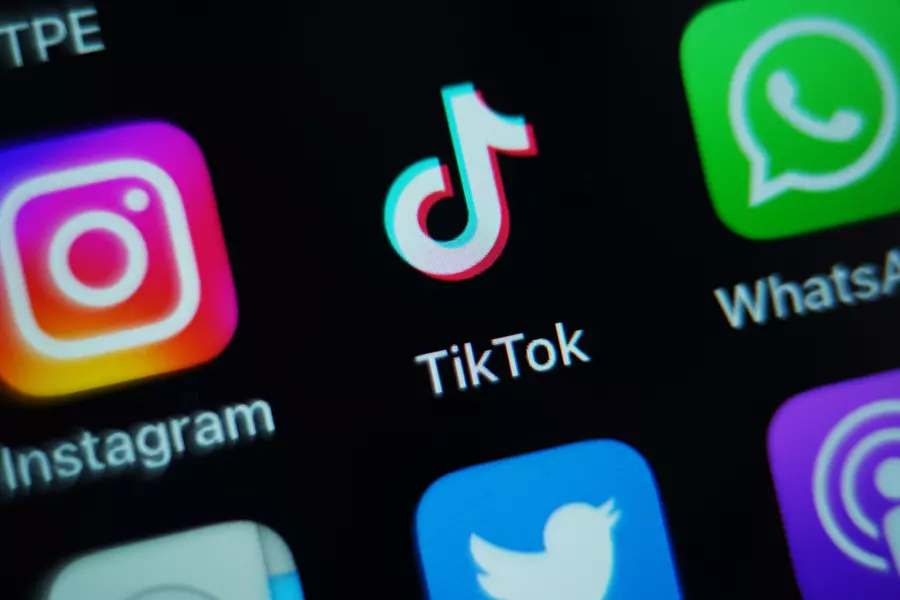A bipartisan bill that seeks to reduce students’ use of smartphones during school hours passed the California State Assembly on May 23, with the aim of promoting mental health and reducing online bullying. The bill, which was proposed by Mr. Hoover, requires public schools across the state to develop policies that address smartphone usage among students.
The issue of online bullying has become increasingly prevalent, causing significant mental health problems for some students. Bullying now primarily occurs through smartphones and social media platforms, making it essential to limit its presence in educational settings. The bill allows schools to create unique rules tailored to their specific needs, such as locking phones in pouches or requiring devices to be turned off during school hours.
One middle school in the Folsom area implemented a ban on smartphones last year and saw significant benefits, including increased social interaction among students, reduced damage to facilities, and a decrease in bullying incidents. The success of this pilot program demonstrates the potential positive impact of such policies across California schools.
However, concerns have been raised about unintended consequences, such as creating an environment where administrators and teachers spend more time confiscating phones from students, leading to a reduction in instructional minutes for students. Despite these concerns, proponents of the bill argue that research supports the idea that limiting smartphone use can improve mental health outcomes for young people.
The U.S. Surgeon General issued an advisory in 2023 recommending urgent action to address the potential risks associated with social media usage by children and teenagers, citing studies that demonstrated an impact on sleep quality. A Gallup survey found that approximately 51 percent of teenagers spend at least four hours a day on social media, while a Pew Research report revealed that about 95 percent of teens have access to a smartphone, with 38 percent admitting they spend too much time on their device.
International success stories, such as Spain banning all cell phones in schools in 2015 and subsequently reporting increased academic performance, suggest that implementing similar policies in California could lead to improved educational settings. The bill’s authors believe that limiting smartphone usage will also encourage students to engage in activities other than using their devices during school hours.
The Assembly’s Appropriations Committee identified fiscal effects associated with the proposed bill, including costs of tens to hundreds of thousands of dollars every five years for governing bodies to develop and update policies. Additionally, there may be unknown costs related to enforcement and disciplinary actions if the bill becomes law.
As the bill moves to the Senate’s respective committees for consideration in the coming weeks, policymakers will continue to weigh the potential benefits of reduced smartphone usage against any potential unintended consequences that may arise from implementing such policies across California schools.


